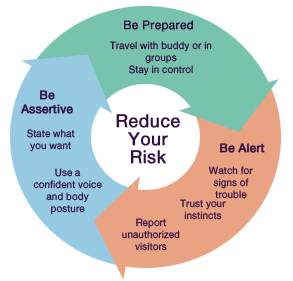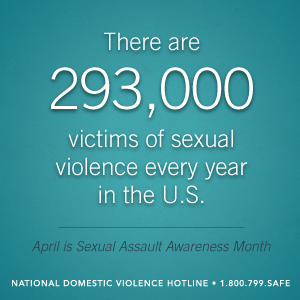Introduction
This Straight, No Chaser post is all about lowering your sexual assault risk.

Rape occurs in many different situations. Although the stereotype involves a stranger pulling a victim into a dark, isolated place, more common situations involve being assaulted in the home environment by someone known or by a date. These days rapes occur with victims unable to resist and without memory of the assault.
To begin this conversation of how to lower your risk of sexual assault, remember this first:
Never leave your drink unattended, whether on a date or at a club or other social event.

This is the second entry in a Straight, No Chaser series on sexual assault (aka sexual violence, rape).
- Check this Straight, No Chaser, which addresses the definition and scope of sexual assault, including actions to take if you’re a victim of sexual assault or an attempted sexual assault.
- Another post will discuss concrete physical and mental consequences of sexual assault.
- Another post will discuss signs of sexual assault in children.
For the many of you who are victims of rape and sexual assault, you are never at fault, no matter where or how it happens. Your mental health moving forward is largely dependent on when and how completely you accept this fact.

How can I lower my risk of sexual assault?
This information is modified from the U.S. Department of Health and Human Services (DHHS), the Center for Disease Control and Prevention (CDC) and the National Crime Prevention Council. Here are actions you can take to lower your risk of sexual assault. Being prepared to recognize signs and take action is not the same as living in fear or being paranoid. Forewarned is forearmed.
In general
- First and foremost, be aware of your surroundings. Learn to survey your environment as a prelude to avoiding dangerous situations.
- If any circumstance presents that makes you feel uncomfortable, leave. Hone and trust your instincts.
- Be assertive about your personal space. Make it clear that there are limits that are not to be violated. Your first concern shouldn’t be how these boundaries make you look, but your safety.
- Carry your preferred method of protection. Be skilled in your choice and avoid options that can easily be used against you.
At home
- Lock your doors and your windows, even if you’re gone for just a few minutes. The appearance of unforced entry only confuses matters if you’re trying to prosecute an attacker.
- Never prop open self-locking doors.
- Use door guards, including security door chains and partial door stops.
- Never open your door without knowing who is on the other side. Use the door’s peephole to view your visitors.
Out and about
- Walk with confidence. This promotes strength.
- When it comes to using alcohol, know your limits and stick to them.
- Avoid isolated areas such as underground garages, offices after business hours and apartment laundry rooms, especially if you’re alone.
- Avoid walking or jogging alone, especially at night. Vary your route and routine. Exercise and rest in well-traveled, well-lit areas.
Near your car
- Lock your car, even if you’ll only be gone for a few moments. You don’t want to return to find someone hiding in your back seat.
- Have your key ready to use before you reach your car.
- Get a key with an alarm button. Make sure the battery is always strong and the alarm functioning.
- Watch your car keys and don’t put your name and address on the key ring.
- Park in brightly lit areas that are away from wooded or other areas that could easily disguise danger.
- Drive on well-traveled roads and maintain high levels of fuel in your car. Keep your doors and windows locked while driving.
- Fuel your vehicle during the day.
- Never pick up a hitchhiker.
- If you experience car trouble, stay in your vehicle and call for help on your cellular phone. If you don’t have a phone, put the hood up, lock the doors and place banners in scattered sites that say, “Help. Call police.”

Prevention in these matters is the smart thing to do. Your best chance to avoid sexual assault is to avoid being places in which a higher risk of assault exists.
Follow us!
Ask your SMA expert consultant any questions you may have on this topic. Also, take the #72HoursChallenge, and join the community. Additionally, as a thank you, we’re offering you a complimentary 30-day membership at www.72hourslife.com. Just use the code #NoChaser, and yes, it’s ok if you share!
Order your copy of Dr. Sterling’s books There are 72 Hours in a Day: Using Efficiency to Better Enjoy Every Part of Your Life and The 72 Hours in a Day Workbook: The Journey to The 72 Hours Life in 72 Days at Amazon or at www.jeffreysterlingbooks.com. Another free benefit to our readers is introductory pricing with multiple orders and bundles!
Thanks for liking and following Straight, No Chaser! This public service provides a sample of http://www.SterlingMedicalAdvice.com (SMA) and 844-SMA-TALK. Likewise, please share our page with your friends on WordPress! Also like us on Facebook @ SterlingMedicalAdvice.com! Follow us on Twitter at @asksterlingmd.
Copyright ©2013- 2019 · Sterling Initiatives, LLC · Powered by WordPress















